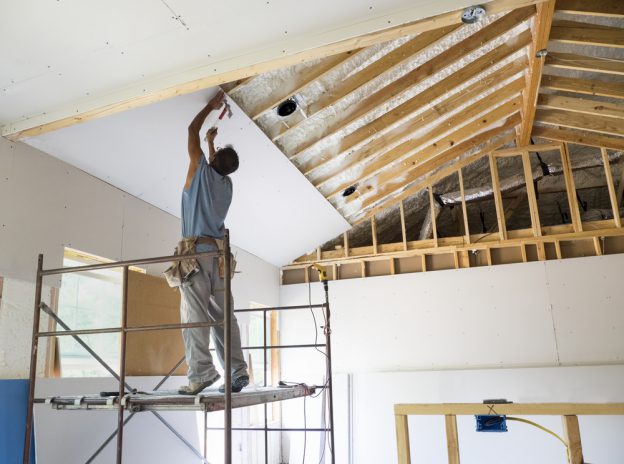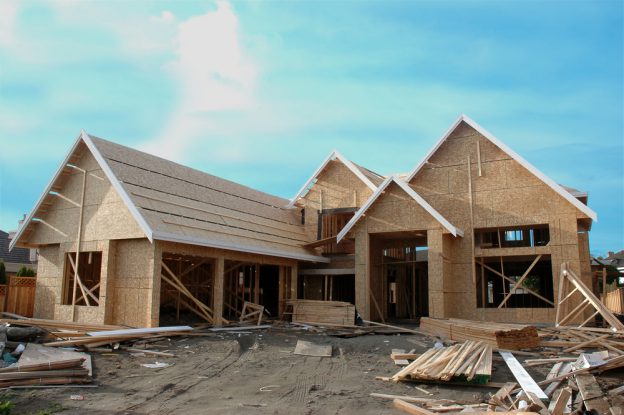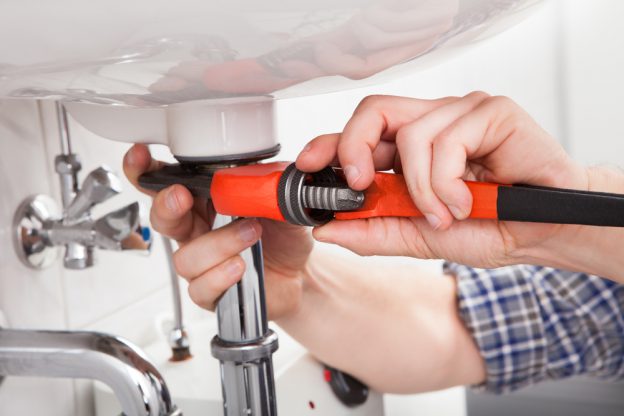One of the most attractive things about pursuing a career in construction is that you do not need a college degree to break in – not many of us contractors are “classroom” people, right? But after spending a little time in the construction industry, you might start to notice how a college education can benefit you in a big way.
Going after a college degree may not be altogether necessary, but it is a compelling option for some. In this article, we’ll go over the educational requirements for becoming a contractor and how having a college degree might affect your pathway to a career in construction.
What Kind of Contractor Should I Be?
When deciding whether you need college as a contractor, first you must decide what type of construction contractor you want to be. Do you want to be an HVAC specialist? Or do you want to be a construction engineer (which does require a college degree)?
Most people who go into the construction contracting business end up becoming general contractors. Why?
It’s simple – general contracting work is the most general type of contracting work. General contractors have general construction knowledge instead of the years of craft-related training you see in Class C specialties. There is also an almost infinite ceiling for general contractors; you can grow your business as big as you want!
When it comes to being a general contractor, you first need a Class B General Contractor’s License from the CSLB to do any sort of general contracting work in the state of California.
How do you get a license?
Let’s start with the basics (and the reason for this article): you are required to have four years’ worth of hands-on experience to become a licensed general contractor. This is the most significant barrier to entry for would-be general contractors – and a college education can be a workaround.
Once you have the experience, you also need to pass the Contractor State License Board (CSLB) exam and apply for your general contractor license – as we explain in our How To Become A General Contractor After High School In California guide
Throughout the process of obtaining your license, you will notice very quickly how the job of a general contractor necessitates a collaborative spirit. Since general contractors oversee construction projects from start to finish, they interact with a lot of different kinds of people.
Managing professional relationships and clear communication with clients, architects, subcontractors, and suppliers is an essential workplace skill for a general contractor.
Responding to the needs of so many different voices, all while keeping the project running safely, on time, and on budget — you can probably imagine the pressure. This is where a built-in network full of college alumni contacts could help in the long run. But more on that later.
Educational Requirements
The only formal education that is actually required to become a general contractor is a high school diploma or equivalent, such as a GED (General Education Development). Beyond the basic educational requirement, having a firm grasp of basic math, the ability to read blueprints and clear communication skills are all must-haves for general contractors.
In addition to those fundamentals, contractors benefit from vocational training and apprenticeships to gain practical skills in the field. Working alongside seasoned vets in construction, you’ll gain insights into the industry that you otherwise wouldn’t have.
Not to mention the hard skills that you’ll acquire from getting on-the-job experience. Getting comfortable in various construction roles like carpentry, plumbing or electrical work is tremendously valuable for contractors who are just starting out and working their way up.
See our article on how to become a general contractor after high school with online courses for some easy tips on preparing to become a Class B contractor.
Licensing Requirements
The only fancy piece of paper that you absolutely need to become a general contractor is a Class B General Building Contractor License.
No matter your area of operation, you will no doubt learn a lot as you go through the process of securing your license. It’s a necessary learning experience during which you’ll have to demonstrate a certain amount of construction experience and skill. The journey to becoming a Class B license holder involves a lot of on-the-job training – so it’s really like you’re going to school without sitting in a classroom!
To obtain a Class B License, you have to be at least 18, pass a state-specific exam, and pay the fees involved with licensing. You’ll also have to get liability insurance and bonding. Check out our recent post, Updated For 2024: CSLB Bonds and Insurance For California Contractors to get the latest info on what you’ll need.
Trade Schools and Technical Colleges
While not required along the path to becoming a general contractor, trade schools and technical colleges offer specialized programs in construction-related fields.
Studying construction management, project planning, budgeting, and legal regulations in a focused environment like this could make all the difference for some contractors.
Earning a certificate or an associate’s degree can build trust with potential clients and ultimately enhance your ability to be hired.
General Contractors and Bachelor’s Degrees
Although a formal college education is not necessary for getting into the construction business, roughly 45% of general contractors have bachelor’s degrees.
A bachelor’s degree can open doors to advanced positions like project management or construction management. Taking on higher-level roles is the goal for a lot of people because of the robust compensation and benefits that those opportunities promise.
Getting a bachelor’s degree also allows contractors to develop a more comprehensive, well-rounded understanding of business and management in general. So if personal plans and goals change it makes a career shift more feasible.
If an aspiring contractor attends a college or university and gets that traditional campus life experience, this opens them up to meet life-long friends and potential business associates. Having a built-in cohort is a huge benefit no matter what your chosen career may be.
Networking and mentoring are invaluable experiences that will help you grow as an individual worker and potential business owner.
You can certainly get this experience without a college degree. However, having alumni connections with other people in your field is a significant benefit to consider if you’re thinking about pursuing a college or university experience.
Conclusion
If you’re asking, “Do general contractors need college?” The easy answer is no – a college degree is not mandatory to pursue this career path in the construction industry.
The only totally necessary education is a combination of a high school diploma (or equivalent), vocational training, licensing, and additional certifications and apprenticeships as desired.
Depending on your aspirations and personal preferences, however, you might benefit from adding a college degree to your arsenal. A well-rounded academic background and a tight network of alumni connections could increase your potential for taking on higher-level management roles – allowing you to reach new levels in your construction journey.









